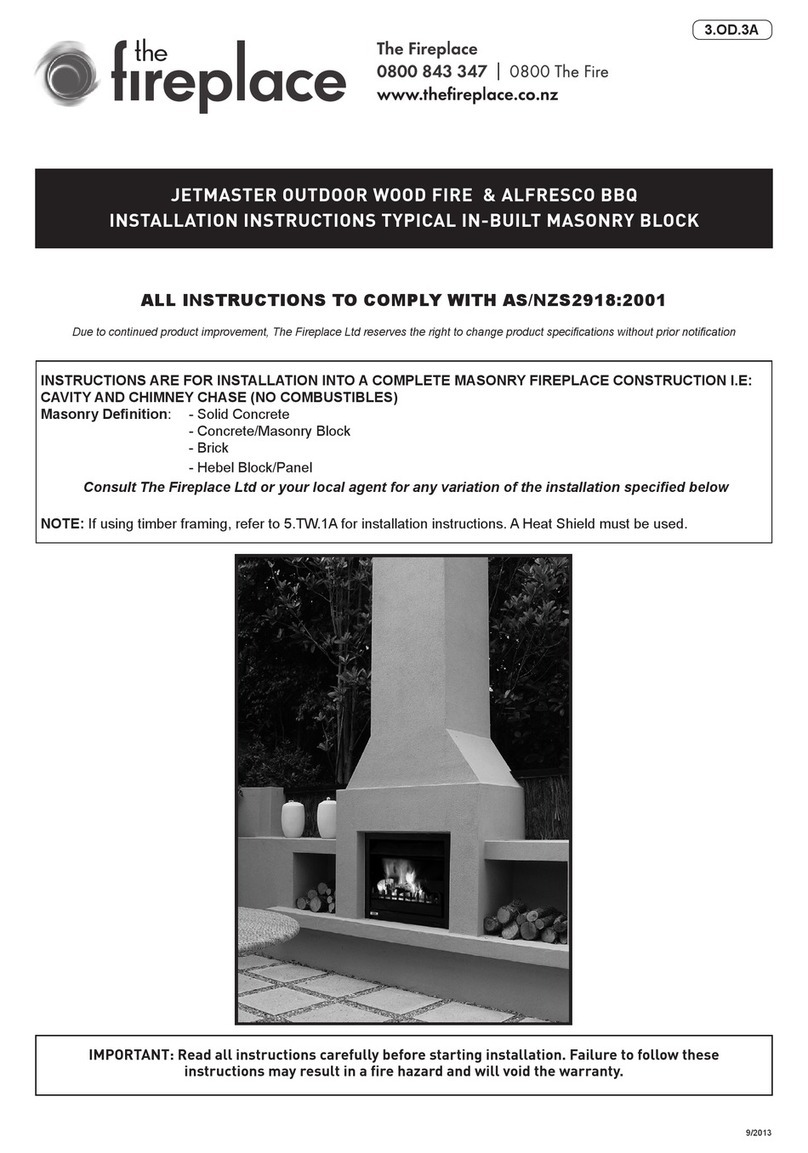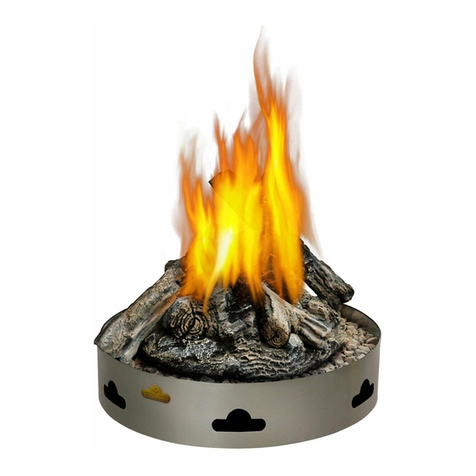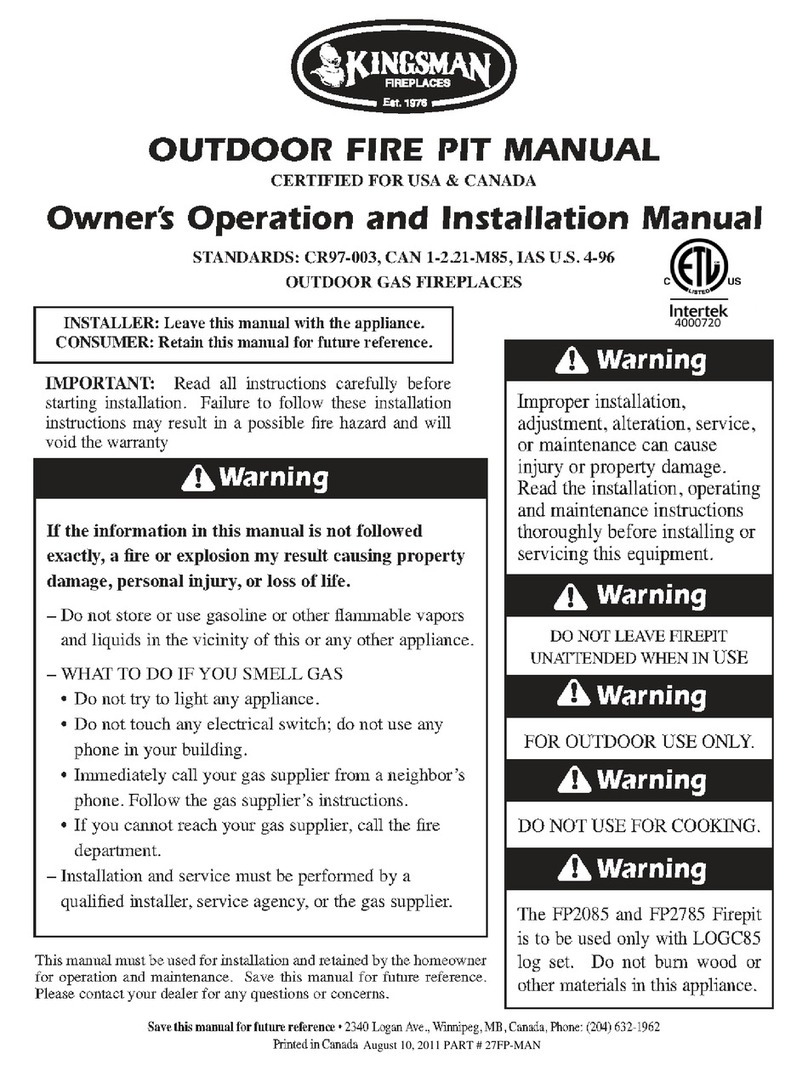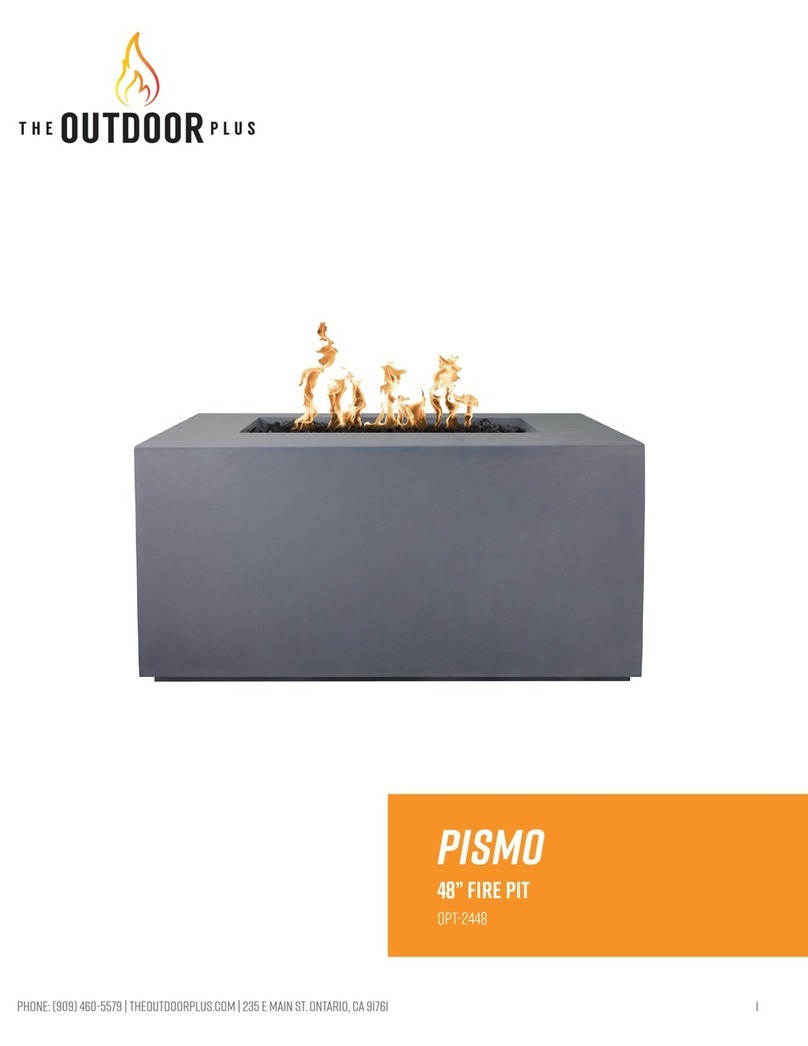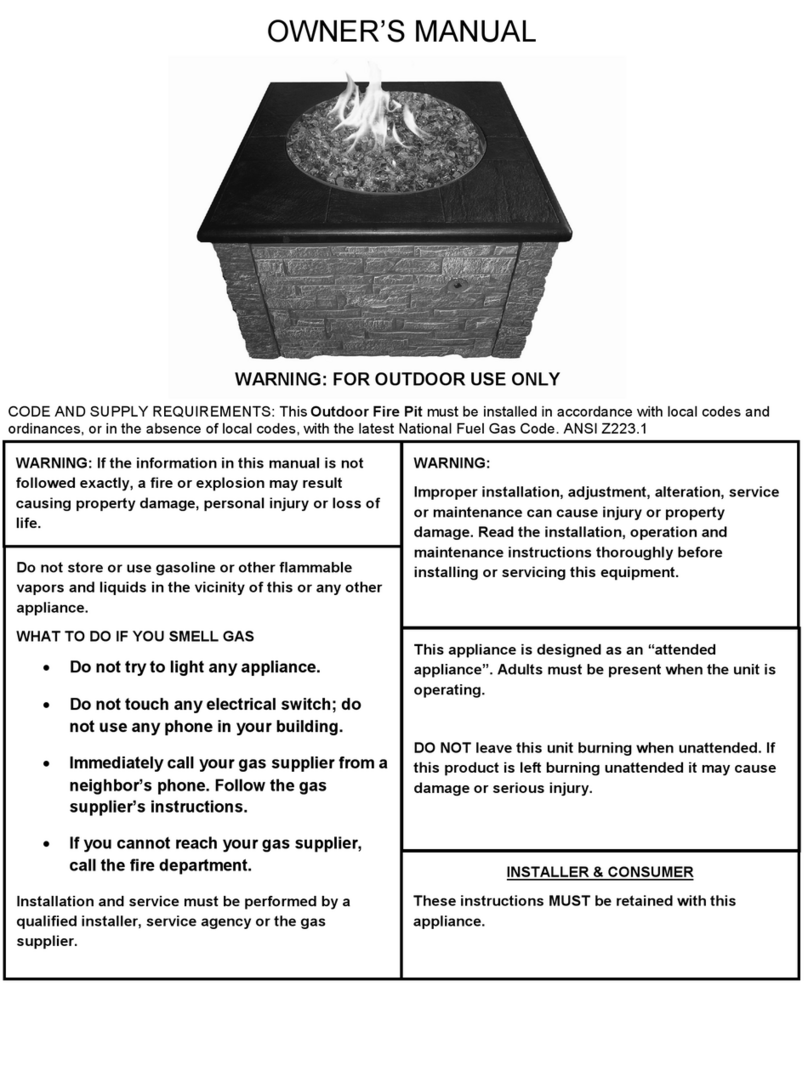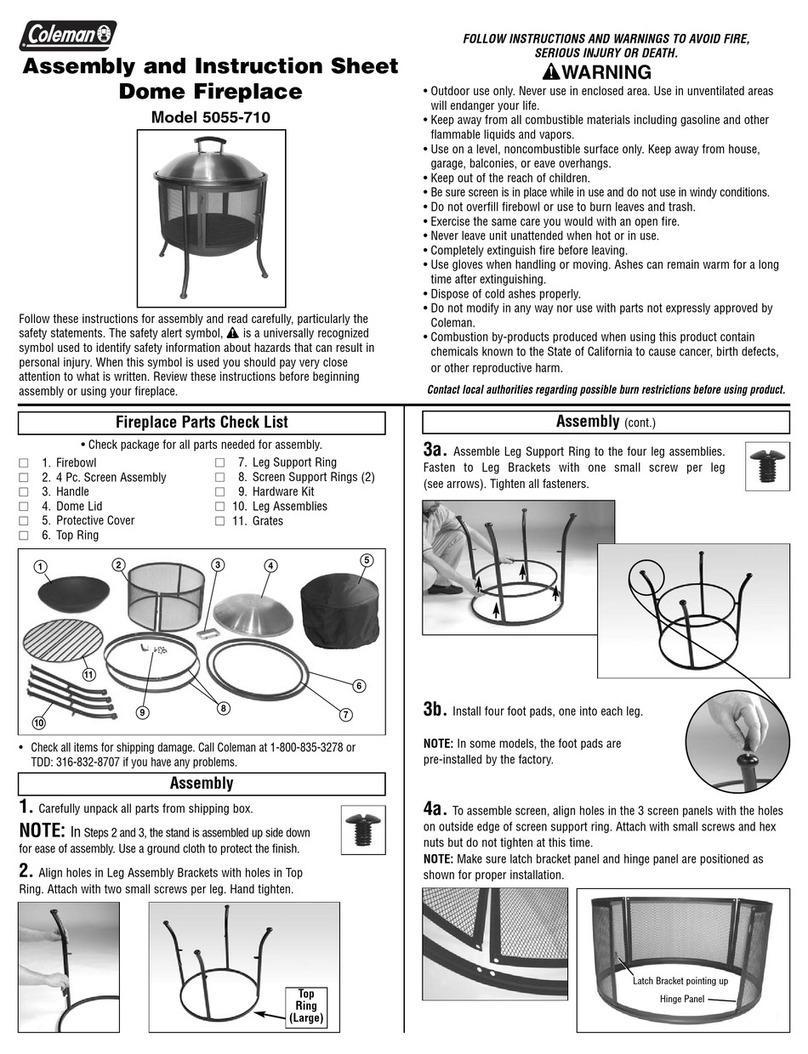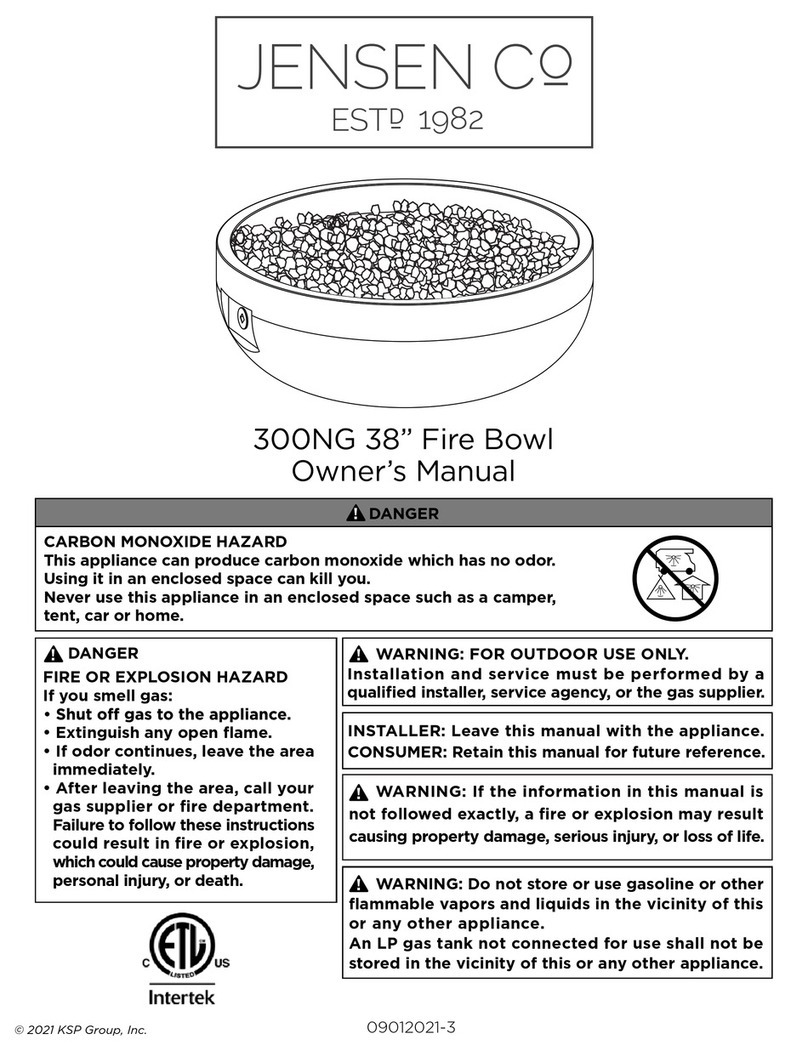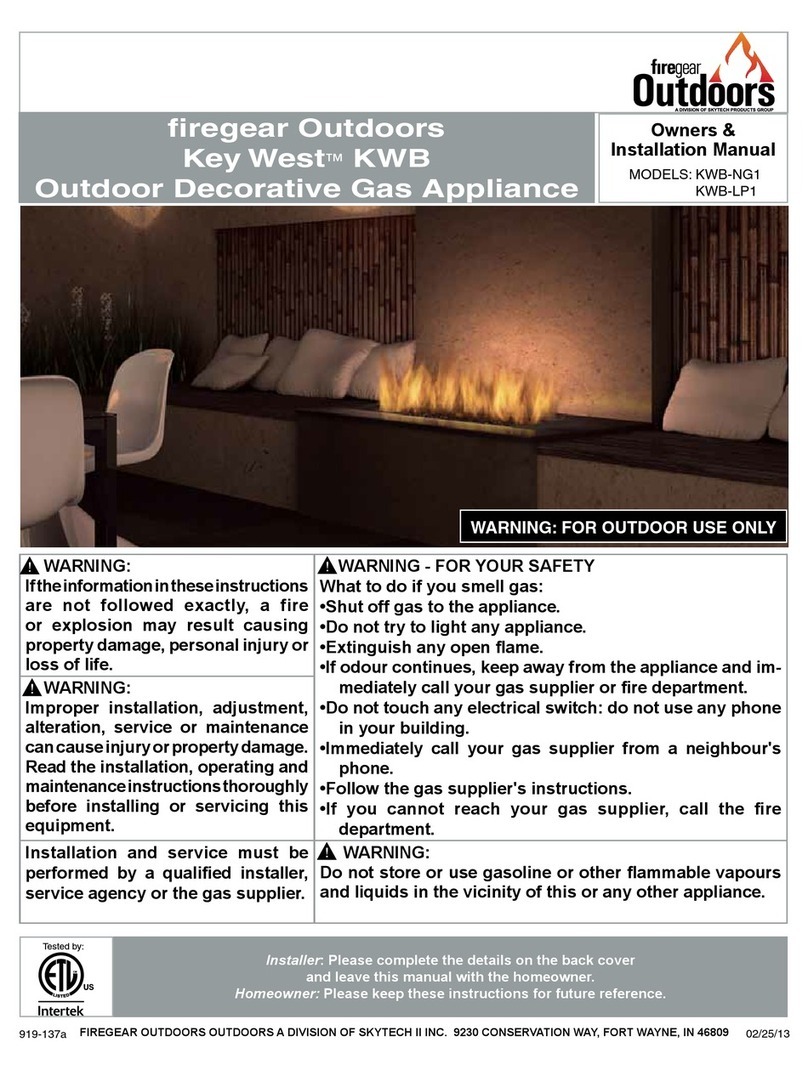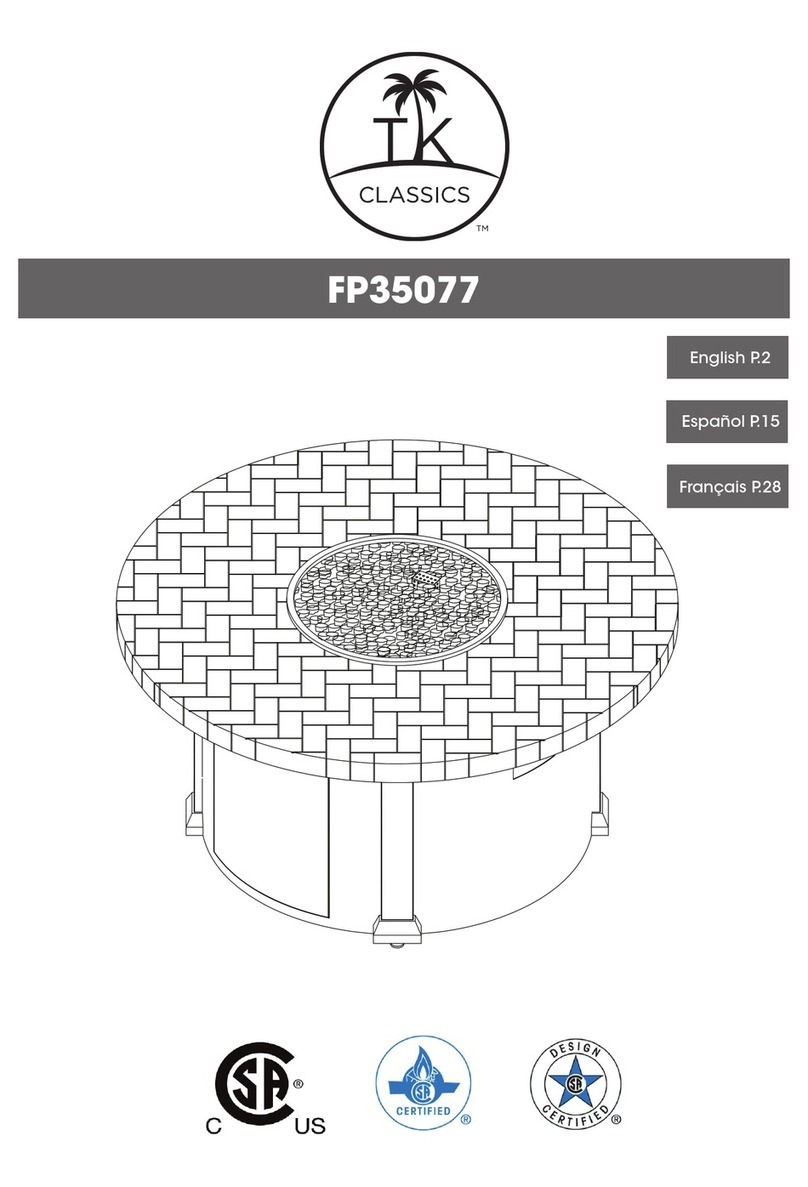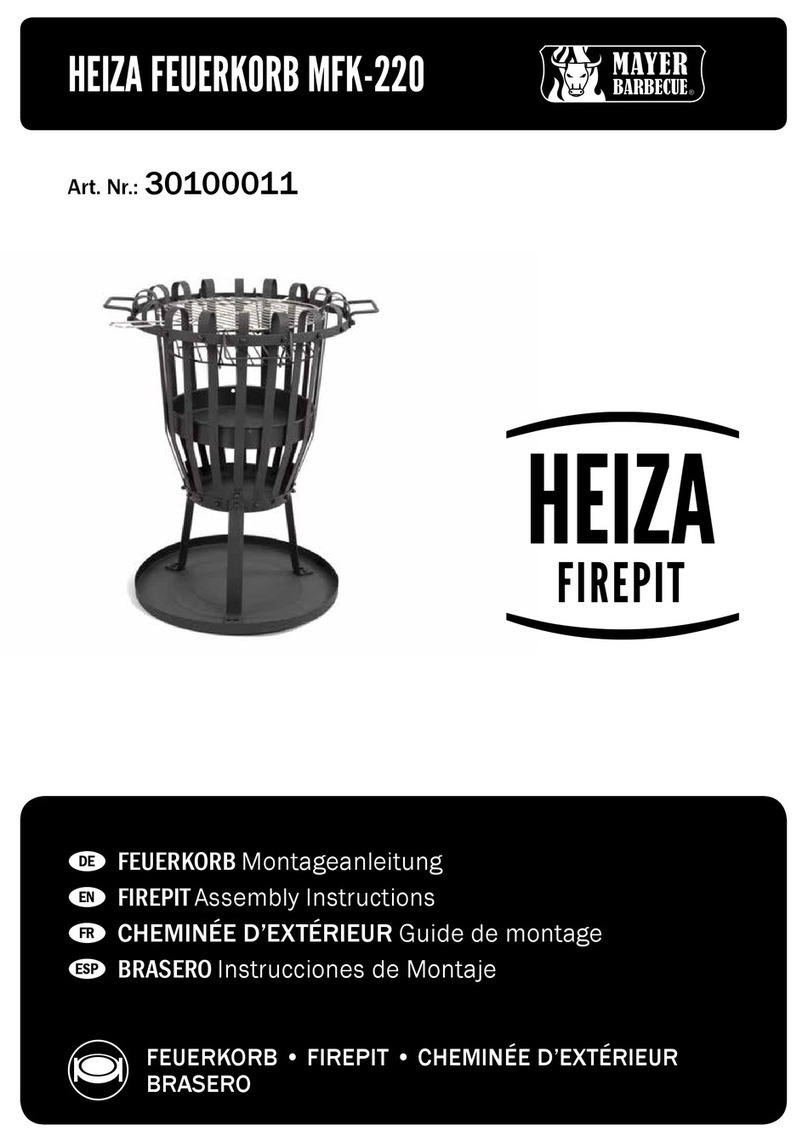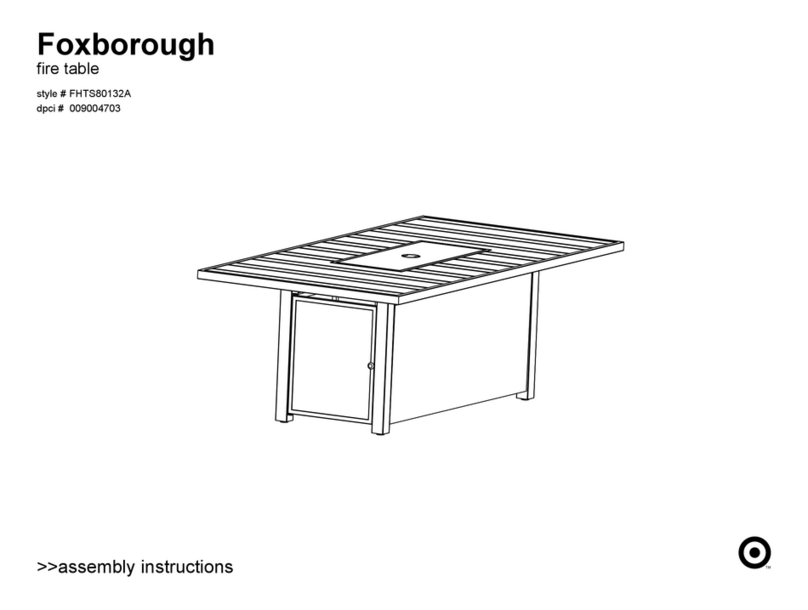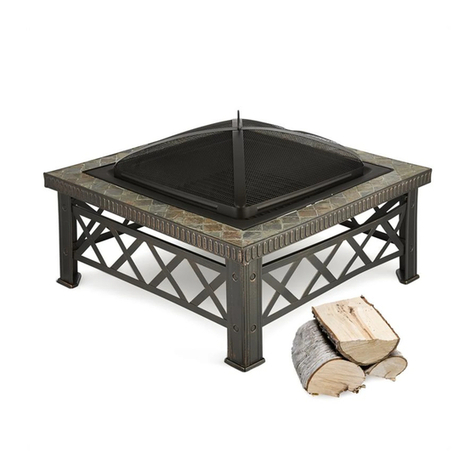
En-2
1-888-514-1663 | WWW.OUTLANDLIVING.COM
LP SAFETY:
a. Do not store a spare LP-gas cylinder under or near this
appliance.
b. Never fill the cylinder beyond 80 percent full.
c. If the information in “(a)” and “(b)” is not followed exactly, a fire
causing death or serious injury may occur.
MINIMUM CLEARANCES:
• Bottom: Non-Combustible Surface
• Top: 2 m / 80 in
• Sides: 0.9 m / 36 in
•
For Installation on (or over) non-combustible floors only
Input: 50,000 Btu/h (14.65 kW) and manifold pressure:
11 in wc (2.74 kPa)
Min. gas supply for input adj. 11 in wc (2.74 kPa)
Max. gas supply: 11 in wc (2.74 kPa)
Injector Size* 2.1 mm
* Injector size marked clearly on the gas valve orifice.
Type of Gas: Propane (LP)
This appliance shall be used only outdoors in a well-ventilated
space and shall not be used in a building, garage or any other
enclosed area.
Do not use this appliance under overhead combustible surfaces.
Never leave this appliance unattended while in operation.
If this appliance is not in use, the gas must be turned off at the
supply cylinder.
Indoor storage of this appliance is permissible only if the cylinder is
disconnected and removed from the appliance.
Cylinders must be stored outdoors in a well-ventilated area out of
the reach of children.
Disconnected cylinders must have threaded valve plugs tightly
installed and must not be stored in a building, garage or any other
enclosed area.
The gas pressure regulator provided with this appliance must be
used, and must be the same model as supplied with the unit.
The cylinder supply system must be arranged for vapor
withdrawal.
Cylinders used with this unit must have a collar to protect the
cylinder valve.
An approved LP-Cylinder stabilizer, such as the stabilizer ring
included, must be used when the appliance is in use.
Replacement parts and a list of such parts are available from FMI
Brands Inc. through the contact information provided on the last
page of this Manual.
WARNING:
Please ensure that all adults and children which use or are
near a unit in use are aware of the hazard of high-surface
temperatures present on the unit during use and should use
caution and stay away to avoid burns or clothing ignition.
Carefully supervise young children in the area of this
appliance. Clothing or other flammable materials should
not be hung from the appliance or placed on or near the
appliance. Any guard or other protective device removed
for servicing the appliance must be replaced prior to
operating the appliance.
Installation and repair should be done by a qualified service
person. The appliance should be inspected before use and at
least annually by a qualified service person. More frequent
cleaning may be required as necessary. It is imperative
that control compartment, burners and circulating air
passageways of the appliance be kept clean.
WARNING:
Improper installation, adjustment, alteration, service or
maintenance can cause injury or property damage. Read
the installation, operating and maintenance instructions
thoroughly before installing or servicing this equipment.
WARNING:
If the information in this manual is not followed exactly,
a fire or explosion may result causing property damage,
personal injury or loss of life.
